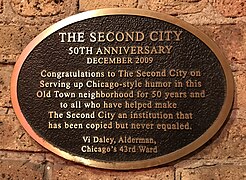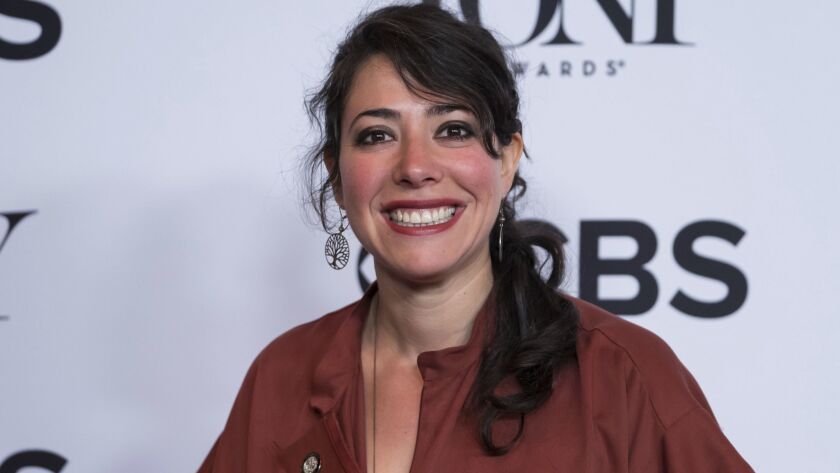Today, I want to blog about the art of teaching: why following a script matters. Do you struggle with what to say to your students as you teach them? This isn’t an uncommon issue for most us, especially with our very first class.
When I began teaching, I was petrified. I was employed in a junior high school in the early 1980s (probably before most of you were even born.) I had never student taught the subject of English. My student teaching was in drama, my major. Truthfully, I only minored in education and psychology because I needed a minor. Plus, my father wanted for me to have something to “fall back upon” if I wasn’t successful as an actress. Once I was out of school and on my own, I quickly realized I wanted a roof over my head and food on the table every month. Finding acting gigs was too uncertain for my personality.
The Art of Teaching: Why Following a Script Matters
Teaching seemed the most practical thing to do. However, if you’d like to see my acting resume, go here: Acting Resume But I was a good teacher–I came from teachers on both sides of my parents. It comes naturally for me.
As I previously mentioned, I was a nervous wreck when I began teaching. Not only was I anxious about teaching English, but worried about my success at doing so. I worried a lot about what I was going to say to begin a lesson. Even though I had a knack at creating lesson plans, the first few moments of class when I engaged the students seemed the most crucial to me. If you’d like a lesson plan, check out: Why is it Important to Create a Lesson Plan?
Recently, one of my email followers wrote to me saying, “Hi Deb. Thank you for all of your great suggestions and tips. My problem is I just don’t know what to say to get us started. Any suggestions?” Certainly.
Once you practice this pattern, you will be able to begin any lesson with confidence and ease. Here are a few things to consider.
The Art of Teaching: Why Following a Script Matters
- How long do you want this introduction, or hook to last? 5 minutes? 10 minutes? Make that decision first.
- Ask the students a question (You can also use a quote, or a visual aid)
- Respond to answers that the students give you. Use their words to discuss your question. For instance, “Susan said that she thinks theater began 2,000 years ago. What do you think?”
- To keep all the students’ attention, do not address the next question to any certain student. By doing so, the other students will stop listening because in their minds you weren’t asking them.
- From there, you transition into a warm up exercise that supplements the day’s learning.
Five Questions to Ask Students When Teaching
According to a wonderful site I discovered, Peopleleaders.com here are the 5 questions recommended you ask your students (in their case, they are team members) I’ve adapted it for the classroom:
- What do you think? Not rocket science is it? This question is best asked after a statement or observation as it allows you to find out very quickly what your students thinking process and focus is. Encouraging your students to voice their opinion in an environment of curiosity and support is a powerful tool of engagement. Once unlocked, will lead to a culture of learning, trust and right action.
- What makes you think this? This question helps your students make connections to their ideas and thoughts with information they have actually experienced, seen, researched or heard. This also pushes them to provide more depth and a reason for their answer.
- Can you tell me more? Students are used to asking you questions, not answering them, and this will take time and patience on your part to get the answer. It also encourages your students to think more deeply about the issue. The pay-off is a more empowered and skilled students.
- What do you think are the next steps? This question rounds off the conversation or interaction with a call to action. Your student considers the idea of what to do and how to do it, and you have a level of comfort knowing what they are going to do.
The Art of Teaching: Why Following a Script Matters
You and I know that teaching is a dynamic and intricate craft. It requires educators to balance structured plans with flexibility to meet the diverse needs of their students. It is a difficult challenge at best. In recent years, there has been a debate over whether teachers should adhere strictly to a script or have more autonomy in their lesson delivery has gained traction. Additionally, some school systems purchase particular textbooks for their students and expect (demand?) the teacher to use the teacher’s edition when teaching…yuck.
To be clear, there are times when teaching spontaneously is not only exciting but energizing! Some argue for the benefits of spontaneity and improvisation in teaching with all subjects, all of the time. However, there are compelling reasons why teaching from a script is important for educators.
Holding Ourselves Accountable: The Importance of Scripted Instruction in Education
Let’s explore why following a script can be a valuable tool in the educator’s toolkit.
1. Consistency: For several years, I taught in a middle school. I taught about the beginning theater to 400 middle school students, every twenty-five days. Couple this action with all the other demands of the job and some days you feel like you are stuck in a canyon somewhere, never able to climb out. You find yourself wondering, “Did I inform the students about X-Y-Z or did I think I did, but haven’t?” If you’d like to learn more about that experience, go to: Striking a Balance with Students in Their Middle School Years
Teaching from a script ensures that every student receives the same information and instruction. If you have a substitute taking your class, a script is monumentally important for them. Consistency is crucial for student learning. By doing so, it provides a stable foundation upon which to build knowledge and skills. When teachers follow a script, they minimize the risk of overlooking key concepts or leaving gaps in understanding among their students.
The Benefits of a Teacher’s Script
2.. Clarity: Scripts provide a clear roadmap for teachers to follow during instruction. They outline learning objectives, essential content, and instructional strategies in a structured format. This clarity helps teachers stay focused and on track. This reduces the likelihood of you veering off course or getting lost in tangents during lessons. And we do get lost, don’t we? For students, clear and organized instruction facilitates comprehension and retention of material.
3. Efficiency: Time is a precious commodity in the classroom. Teaching from a script can help maximize instructional time. By having a predetermined plan in place, teachers can avoid wasting time. There will be less time spent deliberating over what to teach next or how to present information. Instead, they can devote more time to engaging with students, providing individualized support, and facilitating meaningful learning experiences. By the way, did you know that I include a teacher’s script in virtually every one of my products? You can find them here.
The Benefits of Teacher’s Scripts
4. Professional Development: Scripts can serve as valuable resources for both novice and experienced teachers. When I develop a teacher’s scripts for my resources, I enjoy discovering information about the topic which I hadn’t previously considered. For new teachers, following a script can provide a scaffold for developing effective instructional practices. Plus, it’s a terrific way to gain confidence in the classroom. Experienced teachers can use scripts as a springboard for reflection, Or use a script to refine of the one’s teaching strategies. Plus, if a teacher asks for student feedback about the learning, teachers can continuously improve their practice.
5. Equity: Teaching from a script can help promote equity in education. By doing so, all students should have consistent access to high-quality instruction. Scripts provide a baseline standard of teaching that is consistent across classrooms and schools. This is valuable asset! Regardless of factors such as teacher experience or expertise, by following a script a teacher can have confidence that their students are learning. Most importantly, it is the same information as the students study in another school in the district. This consistency helps level the playing field for students from diverse backgrounds. Additionally, it ensures that every child has the opportunity to succeed academically.
6. Accountability: Following a script can provide a measure of accountability for teachers and schools. Scripts often align with curriculum standards and learning objectives. This ensures that teachers cover the necessary content within a given timeframe.
Theater Teachers as Trailblazers
Theater teachers are notorious for creating their own scope and sequence, never conferring with other theater teachers in their school district. It can be rare for them to follow state standards, because no one ever addresses them with us. Let’s be honest here. If no one asks for them, why should a teacher address them when they have so many other responsibilities? Plus, not all states have theater arts benchmarks. To be honest, I think we like to make our own path. During my entire teaching career, no one ever held me to benchmarks.
In some districts, we are part of the Language Arts department. In still others, we are part of the Art department. Generally, we are a one person show and you can feel like the bastard child. It can be very lonely. Because we are creative beings, some like to wing it in the classroom. My advice is not to get into that habit, because it’s tough to pull out of when you need to do so. By developing scripts, you have a basic outline of sorts. If something works well this year, you can note that for next year.
Equity in Education: The Role of Scripts in Promoting Fairness
Additionally, scripted programs may include built-in assessments or checkpoints to monitor student progress and inform instructional decisions. This accountability fosters transparency. Plus, it helps stakeholders track the effectiveness of teaching practices. So, the day your principal walks into the class to do their impromptu observation, you are ready because you have a script to provide to them which coincides with yours. Easy, peasy.
Teacher’s Script and Criticism of It
Teaching from a script is not without its criticisms. However it is important to recognize the valuable role that scripted instruction can play in supporting effective teaching and student learning. By providing consistency, clarity, efficiency, professional development opportunities, equity, and accountability, scripts empower teachers to deliver high-quality instruction that meets the needs of all learners.
When I think back to those first years, I remember them fondly waxing nostalgic about the good experiences. I probably learned the most about teaching in my first three years. Ultimately, the art of teaching lies in finding the balance. The balance of following a script and incorporating creativity and flexibility to create engaging and meaningful learning experiences for students. Simply put, they are just another tool to use in your teaching.
Pick up a free lesson concerning Lin Manuel Miranda here.
Have you ever used a script to teach? I’d love to hear about it. Email me at DhcBaldwin@gmail.com



























